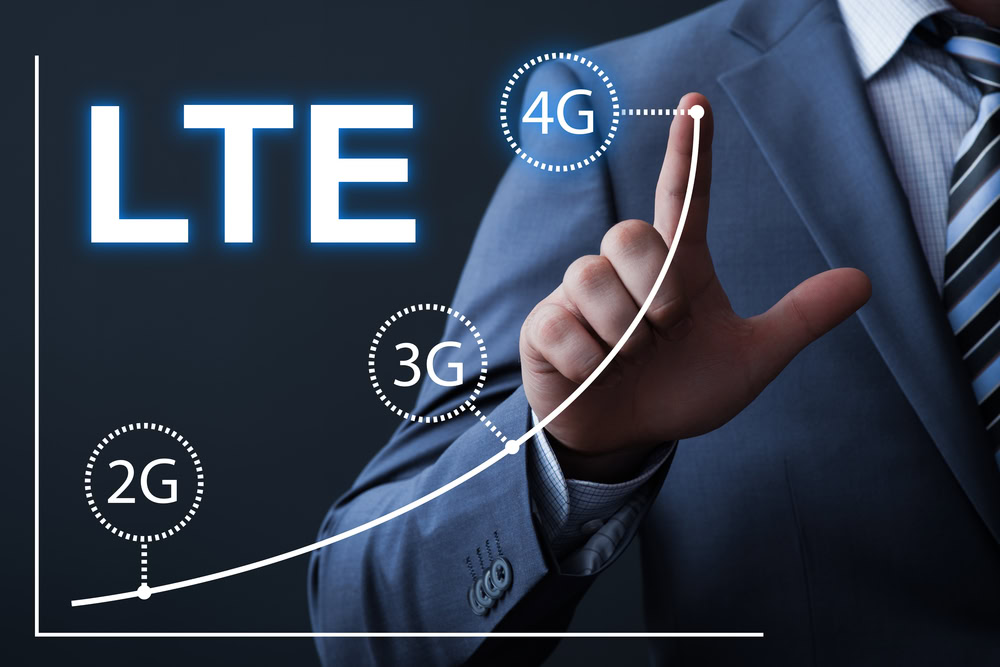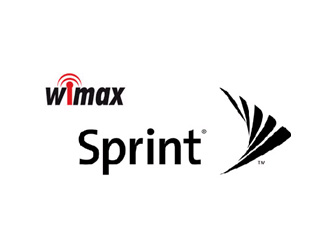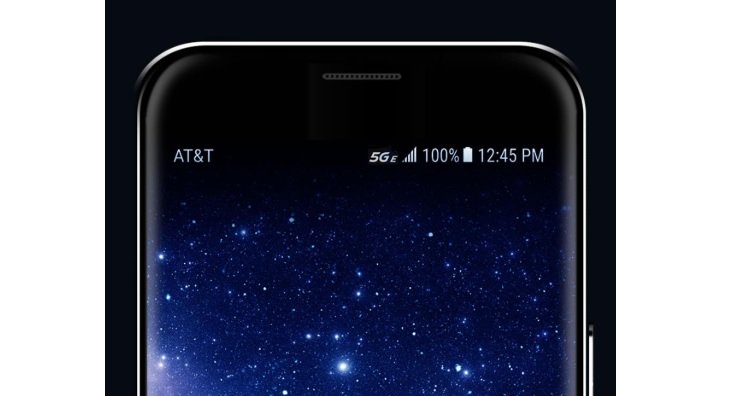Affiliate links on Android Authority may earn us a commission. Learn more.
What is 4G? — HSPA+, LTE, WiMax, and more explained!

Our smartphones are more capable than ever, and the evolution of smartphone technology has been absolutely wonderful to witness. It’s not just the phones themselves that have gotten better, faster, and stronger — the mobile networks they run on are improving too.
Everything from watching videos online, to video calls with friends and family, to instant uploads to social media, to online gaming is now possible on the go because of what current mobile networks have to offer. However, while the term 4G is thrown around casually to explain current networks, things are a little bit more complicated than that. So what is 4G? Let’s take a look!
What is 4G anyway?
So what is 4G? Good question.
Let’s start with the “technical” definition. In 2007, the International Telecommunication Union’s Radiocommunication Sector (ITU-R) defined a new global standard called International Mobile Telecommunications-Advanced (IMT-Advanced), stating that it will be an IP (Internet Protocol) packet-switched network that uses VoIP (Voice over IP) instead of separate telephone call channels, like what is used in 3G networks.
Read Next: Here’s how to activate 4G LTE on your Android smartphone
Features of IMT-Advanced networks
Defined by the ITU-R include:
- A high degree of commonality of functionality worldwide while retaining the flexibility to support a wide range of services and applications in a cost efficient manner
- Compatibility of services within IMT and with fixed networks
- Capability of interworking with other radio access systems
- High quality mobile services
- User equipment suitable for worldwide use
- User-friendly applications, services and equipment
- Worldwide roaming capability
- Enhanced peak data rates to support advanced services and applications (100 Mbps for high mobility devices, and 1 Gbps for low mobility devices)
Now to be honest, a lot of “4G” networks don’t support all the requirements highlighted above, including LTE, WiMax, and HSPA+. So are they really 4G? Technically, not exactly. They’ve been marketed that way, though.
So what is real 4G? The best commercial example would be LTE-A. Of course, in some markets like in the US, LTE-A is marketed under other names including simply “LTE.” Which makes the answer to “what is 4G?” much cloudier. In order to better understand some of the technologies labeled “4G” over the years, let’s break each down below.
Types of 4G networks
So what are some of the standards out there that are sometimes marketed as “4G”?
WiMax

WiMAX, short for Wireless Interoperability for Microwave Access, is a technology standard for long-range wireless networking based on the IEEE 802.16 set of wide-area communications standards. At one point, WiMAX was considered to be a leading form of mobile data connectivity, but because of limited adoption and less than satisfactory real-world speeds, WiMax fell to the wayside.
HSPA+
HSPA+ (Evolved High Speed Packet Access) was the next iteration of HSUPA and HSDPA 3G standards, with speeds comparable to current LTE networks. Theoretical speeds are said to feature download speeds up to 168 Mbps and uplink of 22 Mbps, with most HSPA+ networks around the world featuring a theoretical 21 Mbps (download) speed, with a select few featuring 42 Mbps and 84 Mbps networks. These are of course, theoretical, with actual download and upload speeds at around 10-30% of the theoretical speed. In a lot of markets, except in the USA, an HSPA+ network is unofficially considered and marketed as a 3.5G network.
LTE
LTE, or Long Term Evolution, boasts theoretical downlink speeds of 100 Mbps and uploads of 75 Mbps. LTE, which is an IP-based system, is a complete redesign and simplification of 3G network architecture, resulting in a significant reduction in transfer latency. Because of this, LTE is not compatible with 2G and 3G networks and also functions on an entirely different wireless spectrum. Unfortunately, this means that erecting an LTE network requires it to be built from the ground up.
As mentioned, LTE has seen incredible growth in just a few years, and these days you can find it just about everywhere.
LTE-Advanced

LTE Advanced is the next major step in the evolution of LTE networks, and is the beginning of true 4G. LTE-A is not only about faster data speeds, but is to provide IMT-Advanced functionality while allowing for backward compatibility with current LTE devices to avoid a second major overhaul. LTE-Advanced will provide 1 Gbps downlink for low mobility conditions, with 100 Mbps for high mobility devices, as specified by the IMT-A standard. LTE Advanced promises better coverage, more stability, and much faster performance.
The good news is that 4G LTE-A is continuing to become more and more commonplace.
Read Next: 4G vs LTE – what is the difference?
“5G E” from AT&T is actually 4G LTE-Advanced

Recently, AT&T announced a new label for its network speeds it calls “5G Evolution“. or “5G E” for short. Some Android smartphones connected to AT&T’s network may see the 5G E branding show up on their device display if they connect to certain cell towers by the U.S. carrier. However, don’t be fooled. “5G E” is still using 4G LTE-Advanced technology. Specifically, the carrier says it uses 256QAM, 4×4 MIMO, and three-way carrier aggregation to boost download speeds on smartphones and other devices that work with it. Other carriers have condemned AT&T for using this “5G E” branding for its 4G LTE-Advanced technology, claiming that it will confused consumers. AT&T is sticking with this marketing scheme, however, so if you do see a “5G E” label on your smartphone, it’s actually 4G LTE.
What’s after 4G?
Whether we are talking LTE, LTE-A, or HSPA+, all these technologies will eventually be superseded by something else. While that standard will likely go through a situation that’s just as messy as we’ve seen with 4G, right now it’s simply being billed as 5G. And already there are a ton of standards shaping up to take on that name. For more details, check out our What is 5G guide.
Read Next: State of the world’s 4G LTE networks